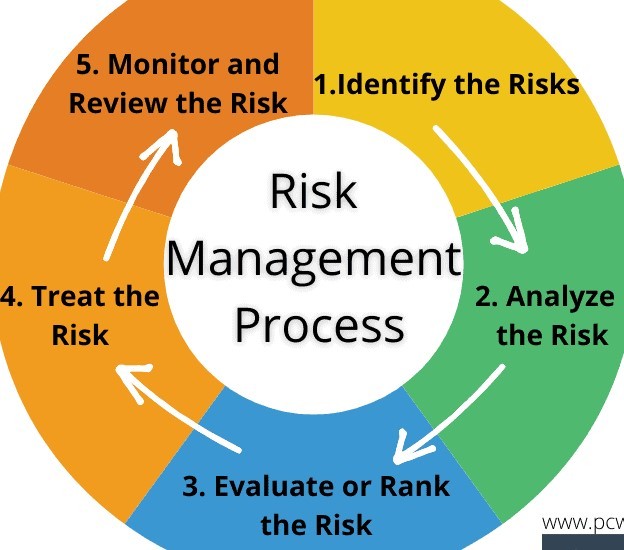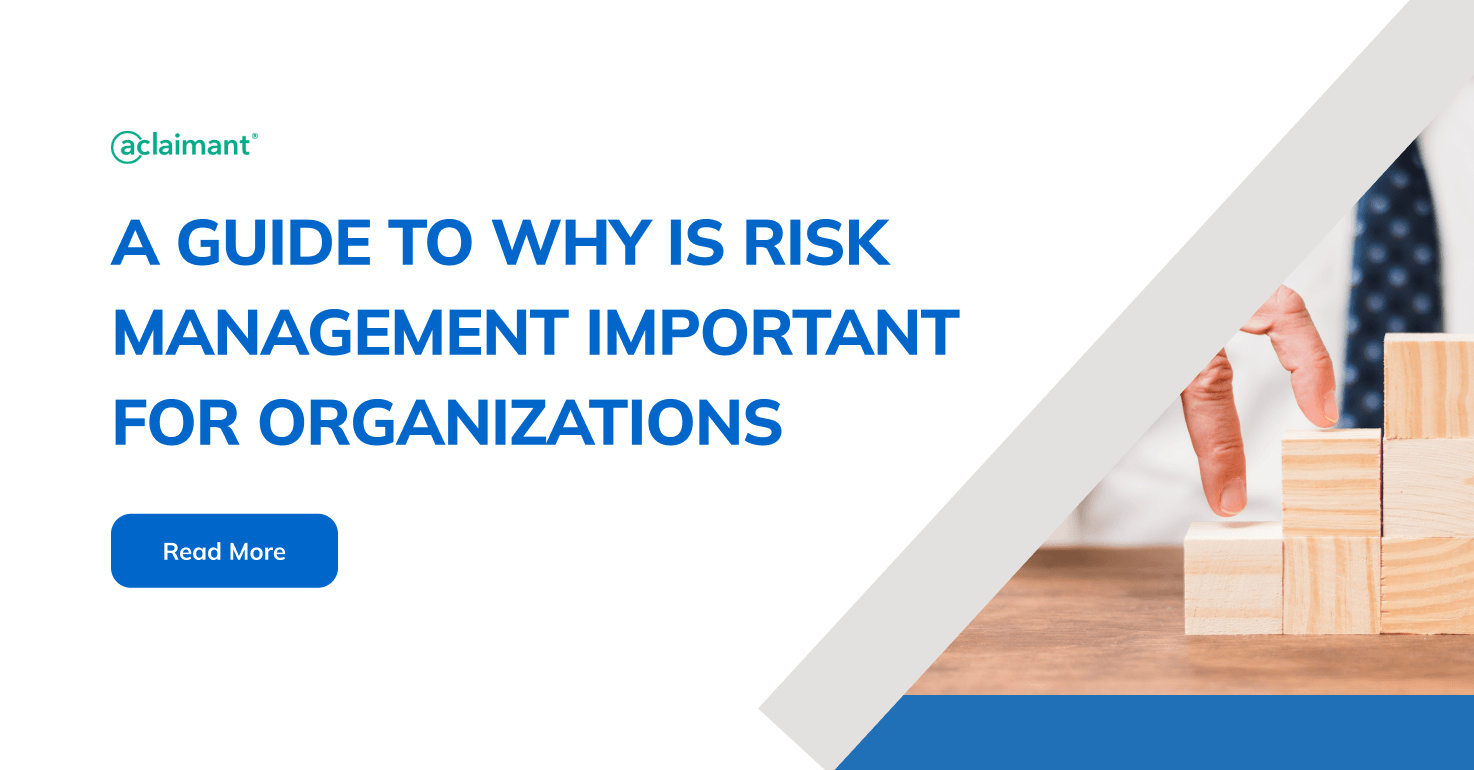Understanding the Value of Risk Management in Service Success and Sustainability
In today's ever-evolving organization landscape, the significance of Risk Management can not be underrated. It stands as a vital column, reinforcing organization success and sustainability amidst a sea of unpredictabilities. By recognizing and alleviating possible dangers, services guard their capital, foster durability, and improve public trust. Equally, it leads the means for development and development. Let's unpack this facility topic, exploring just how aggressive Risk Management adds to the long life and success of businesses.
The Principle of Risk Management in Service
Risk Management, a fundamental facet of service operations, brings a substantial weight in the success or failure of a company. It includes determining, analyzing, and managing hazards to an organization's resources and earnings. These risks, labelled as risks, could stem from a selection of sources consisting of financial unpredictabilities, lawful obligations, critical Management mistakes, crashes, and natural catastrophes. Companies utilize Risk Management treatments to minimize the adverse impacts of these risks. It is a methodical method that paves the way for informed decision-making, making certain economic stability and sustainability. The concept of Risk Management is not a warranty against Risk, however rather an essential tool that promotes functional performance and durability in face of unpredictability.
Crucial element of a Robust Risk Management Technique
Identification of prospective threats is the main step, adhered to by an extensive evaluation of these dangers. After comprehending the gravity of the threats, appropriate procedures should be intended for Risk reduction. A reliable Risk Management technique likewise involves constant surveillance and testimonial of the determined risks and the effectiveness of the control actions.
Exactly How Risk Management Adds To Organization Success

Instance Studies: Effective Risk Management in Practice

Future Fads in Risk Management and Their Implications for Businesses
As the worldwide organization landscape proceeds to evolve, so too does the field of Risk Management. Future patterns suggest a shift other towards proactive rather than responsive methods, with companies increasingly seeking to identify and alleviate dangers before they happen. The unification of technology, especially AI and big data analytics, will certainly play a crucial role in this improvement. These tools can provide real-time understandings, making it possible for swift and educated decision-making. Environmental, social, and governance (ESG) risks are forecasted to rise in prestige, mirroring an expanding societal issue for sustainability. Services that adjust to these patterns and incorporate them right into their Risk Management methods will likely be far better furnished for success and sustainability in the uncertain future.

Verdict
To conclude, understanding the significance of Risk Management is pivotal for organization sustainability and success. Positive recognition, assessment, and reduction of potential threats not only safeguards funding and earnings, but also promotes resilience. Reliable Risk Management methods enhance functional efficiency, client trust, and development. Via real-world instance researches and future trends, it's obvious that a durable strategy to run the risk of Management is paramount in browsing today's facility company setting.
Companies utilize Risk Management treatments to alleviate the negative effects of these dangers. useful content The concept of Risk Management is not a warranty against Risk, yet rather an important tool that advertises functional efficiency and durability in face of unpredictability.
Recognition of possible risks is the main step, adhered to by an extensive evaluation of these risks (importance of risk management). After recognizing the gravity of the threats, correct actions need to be intended for Risk reduction. An effective Risk Management strategy also involves constant tracking and testimonial of the recognized dangers and the performance of the control measures